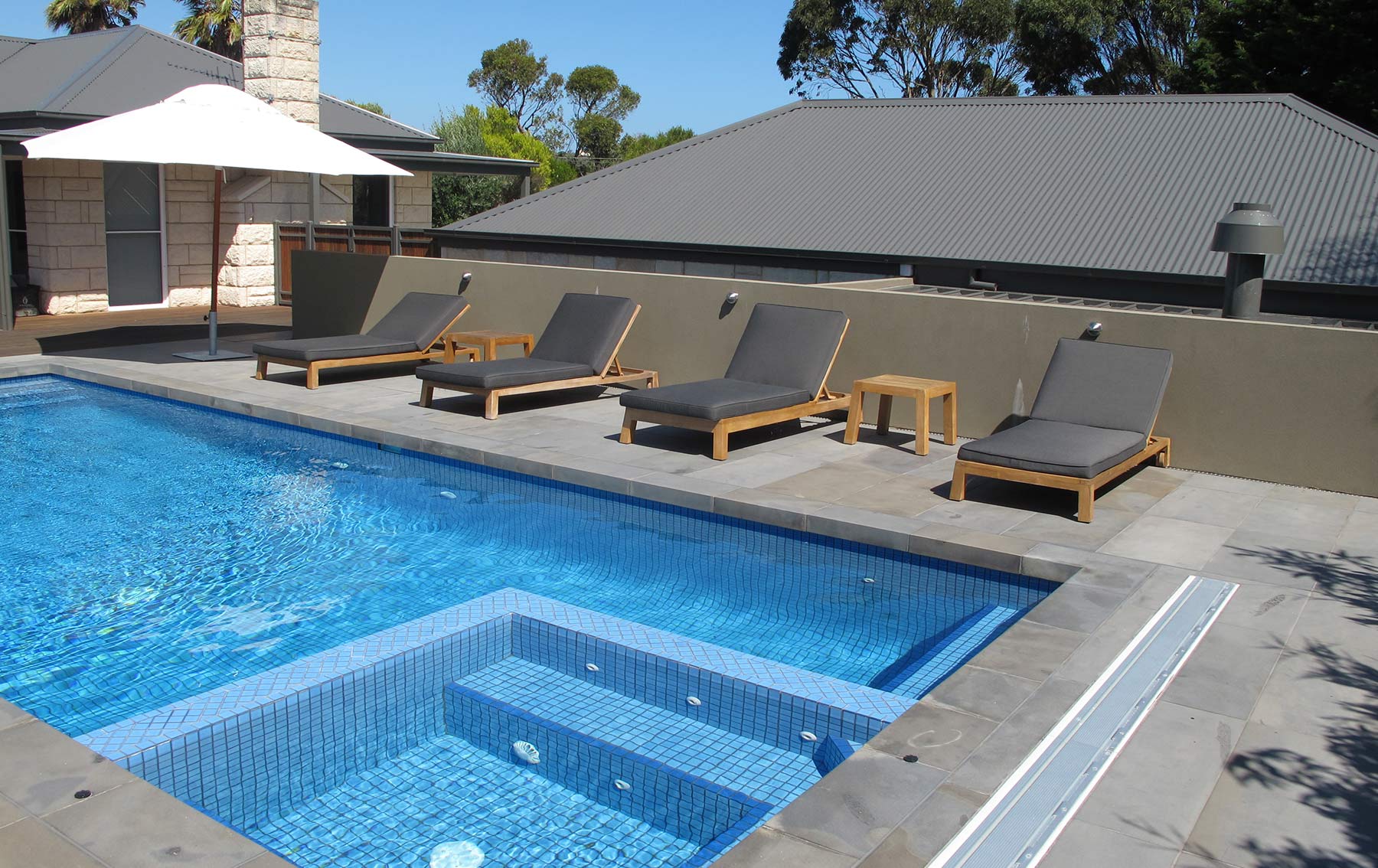Whilst bluestone is a highly durable material that can withstand a considerable amount of wear and tear from foot traffic and the weather, is moisture is allowed to sit on the stone for an extended period of time (through rain, snow and even wet leaves) it is known to develop mould on the surface. Even though this doesn’t affect the integrity of the bluestone itself, it makes for a highly unattractive patio.

The process to remove any mould growths from bluestone is a fairly simple one – begin by removing any furniture or other items that may be covering the affected areas. Give the bluestone a good sweep to remove any dirt or leaves, being sure to keep it well clear of the patio area.
Give your bluestone a good rinse with a garden hose to remove any dirt or mould that may have attached itself to the surface of the stone. Then, fill a bucket with around 4 litres of water and half a cup of chlorine bleach. Dip an old scrubbing brush into the solution and scrub at the areas of bluestone where mould is still attached.
Finish by giving your bluestone another good rinse with the garden hose, as this will help to remove any of the mould that you have just scrubbed off (as well as the bleach solution). Leave the bluestone to air dry before replacing any furniture that was on the patio before.
The best time to remove the mould from your bluestone is at the beginning of spring, when the weather is starting to warm up, as it is unlikely that the stone will develop mould again until the following winter.